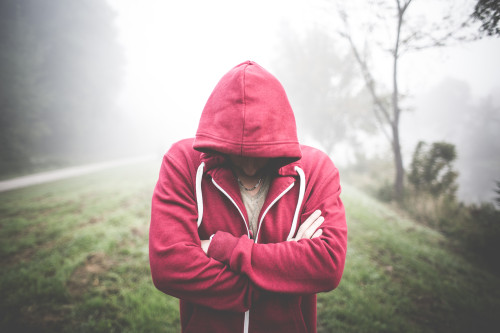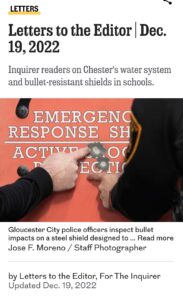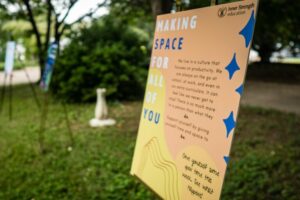This week our lesson centered around mindfulness of the body, connecting to our physicality. Most people who have done a yoga class, and more and more who have played on a sports team have been talked through a guided body scan meditation, running some version of from our head down through each of the sections of our body down to our toes. Breathing in fresh oxygen or metaphorical white light and breathing out toxins, staleness, tiredness, stress. Breathing in through the head, breathing out through the feet. Inhaling and plumping up the cells and muscles, the vertebrae in our spine with fresh oxygen and light, breathing out the lactic acid, the dullness, the tensions. Breathing in and lifting the spine, as if the breath weaves space between the vertebrae, lengthening the neck, breathing out and washing out the tiredness from the forehead, eyes, cheeks, muscles around the mouth.
If you are anything like my students, the body scan offers one of the best mindfulness exercises for sleep, creating optimal conditions to let go, clear the body and mind, and drift into restorative downtime.
We can use our focused awareness to consciously relax areas of our body that tighten under injury, fear, anger, or anxiety. We can use the sweeping light to cleanse our inner passageways, mentally journeying through our limbs like a mountain stream journeys downhill.
We connect with our physicality, waking up to the wisdom of the body, waking up simply to what’s there. What is our experience? Hunger? Thirst? Tightness? Injury? Waking up to the body-mind continuum. We can anticipate injury and become proactive. I used to have two big plates and fourteen pins in my leg, reconstruction leftovers after an 18-wheel tractor trailer and my car met, nose-to-nose. It was supposed to be getting better and better, and it was, then I started to experience what I could only describe as the screws coming unscrewed. A little wiggling. A screw head sticking into my Achilles tendon. For a few days, I thought I was imagining things. But the body awareness told me otherwise so I went to my surgeon to see what was happening. Sure enough, just like any screw that jiggles loose with wear, the pins were wiggling their way free. My body awareness and connection to my physicality helped me notice in good time, and once I reached out to my surgeon, he promptly put me under the scalpel again to tinker with his handiwork and get everything in its proper place.
I tell my students, use Body Scan for stress relief. Use this to become aware of your physicality, use this to arrive in your own body, without judgment or rejection, with observation and acceptance. And use this to notice what you are experiencing, things that slip under the radar. When we scan our body, section by section, we can uncover feelings tucked away, hiding in the shadows, like fish huddled out of sight by underwater overhangs.
So I asked them, this warm spring day when we finished their first experience of guided body scan mindfulness exercise – what did you notice?
“I was tired.”
“My whole body hurt.”
“I had a headache, which I didn’t have before.”
“I felt relaxed and peaceful.”
“My stomach was growling.”
“I just went to sleep. I heard all the noise outside,” there were kids playing in the schoolyard over their lunch, “and it made me think of gunshot ‘cause we live in Philly.”
My heart stopped. I thought the room went still, but I’m not sure it did. I think mostly the kids just kept doing what they were doing, though some looked over to our side of the room from under their eyelashes, taking in what would happen next, and pretending not to see.
She was a sweet kid, younger-looking than her sixteen years with a head full of braids. I held the space for her experience, neither moving toward nor away from her remark. When there is nothing that can “make it all better” the best is to be with, to bear witness, and to hold space. In that space with what is, the possibility for resolution arises. This is not acceptance or acquiescence towards the grave injustices and legacy of social policies and prejudices that have contributed to this culture of violence. Being with what is, as it is, offers a young person with hopes and aspiration, loves yet to experience, dreams yet to realize the inner strength and faith of resilience. Resolution that enables a young person to be strong, with eyes towards their highest aspirations, and a heart wide open to the world.
Later, when I was standing outside with two high school social workers from a charter school in the north of the city, who had come to observe the class, I explained what I did.
“It’s not that I didn’t notice or register. Often times in the face of what can’t be fixed I feel it’s best to be fully present, not try to make it ok. Students learn if I don’t freak out at what’s just been said or felt, they don’t need to either. If I don’t react or cringe, they don’t have to avoid and they don’t have to assume the burden of trying to fix it all now. This gives them a powerful center from which to choose how to respond, leaving them room to see options, and make a different choice in the face of fear and disillusionment.”
One of the social workers turned to her colleague, “That’s biggest feedback we’ve gotten from our students. The kids say we always try to come up with an answer, to fix them, to make it alright. We don’t just let them be.”
When I was eight years old, my parents took my siblings and me to live in Israel so my father could do some physics work with colleagues there. One weekend we went sight-seeing to a kibbutz that made their livelihood from clay handicrafts. The community was founded by survivors from the Holocaust. I still have the blue ceramic frog and brown gazelle that were hollowed out to form wind instruments. That afternoon so many years ago, it was damp, I was tired and cold. And crying.
An older woman took my hand in her paper dry palm. Without ceremony or pity, she turned to my mother. “Children aren’t supposed to cry,” was all she said.
My mother looked down at her hand on mine. Her forearm bore a numbered tattoo.
We have so much to bear witness to. Let us support this next generation to be with what is, and in doing so empower them to be the great changemakers of the future.
BODY SCAN MINDFULNESS EXERCISE
EDUCATORS TIPS:
• Allow students to feel what they feel, without insisting that they feel something in particular or not. This exercise is about cultivating awareness. Not making everything better. You being there, as a teacher, and hearing, being with what is, allows a student to be.
• One of the most important tools a student can cultivate is the ability to be with what is, however painful, frightening, or exhausting. Bearing witness, being with the student, with an open heart helps the student strengthen their own muscles to cope with what is overwhelming in our contemporary culture and extremely personal all at the same time.
• Insist that the metaphors you use are metaphors. As such, they are not meant to be taken literally. Describe to your students we are not “moving light or energy” we are using our breath “as if.” This is vital to not impose any belief system (of which there are many) related to subtle energy, healing properties of color, etc. that may conflict with a student’s personal beliefs or religion. We are working with observation and imagination. Allow the students the freedom to create their own metaphors if they don’t resonate with yours.
• Resist the temptation to try to fix students. We cannot make existential fears or objective challenges ok. We cannot prevent pain or magically remove injury or physical suffering. We can teach awareness and empower a student to take a next step themselves. If you feel a student is in physical danger or has a condition that needs treatment, refer the student to the nurse or tell the teacher after class so they can follow up.
+ + +
Join the next teen mindfulness teacher training, starts July 15.




